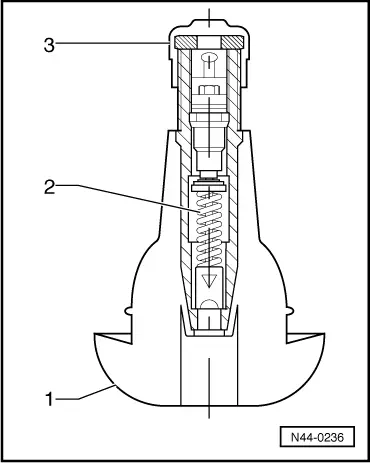| The rubber valve for tubeless tyres is designed to create an air-tight seal in the hole in the rim. The elastic material of the rubber valve body presses tightly into the hole in the rim. |
| In the case of valves with a threaded metal base, a rubber seal is used to seal the rim. The lateral faces of the rim hole are sealing surfaces. They must therefore be free of rust and dirt and must not be damaged. |
| The valve insert has the most important job in the valve. It creates a seal and enables the regulation of the air pressure. The small flat seal on the valve core can only function correctly if it is free of foreign particles, dirt and moisture. The compressed air system must be free of water and oil! |
| A valve cap must always be screwed onto the valve. It prevents dirt from getting into the valve. Dirt which may be in the valve would reach the seal of the valve plate when the tyre is inflated and cause a leak. |
| The valve must be renewed every time a new tyre is fitted. |
| If the vehicle is driven without caps on the valves, there is the danger that dirt may get into the valve. This leads to a gradual loss of air, which in turn can lead to the destruction of the tyre. |
| t
| Separation of carcass and rubber → Fig. |
| t
| Wide, circumferential furrows near the bead → Fig. |
| t
| Stripped tread or stripped protector → Fig. |

WARNING | The valve cap must be fitted tightly to ensure air-tight sealing. |
|
|
|

|

